Preface
Contents
Chapter 1 Introduction
1 Introduction
1.1 Visual inspection
1.2 Optical capturing of test objects
1.3 Formation and definition of an image
1.4 Machine vision
1.5 Practical approach for performing machine vision projects
1.6 Bibliography
Part I Image Acquisition
Chapter 2 Light
2 Light
2.1 The phenomenon of light
2.1.1 The electromagnetic spectrum
2.2 Light as an electromagnetic wave
2.2.1 Maxwell’s equations
2.2.2 Polarization
2.2.3 Huygens’ principle
2.2.4 Coherence
2.2.5 Interference
2.2.6 Diffraction
2.2.7 Speckle
2.3 Light as a quantum phenomenon
2.4 The ray model of geometrical optics
2.5 Summary
2.6 Interaction of light and matter
2.6.1 Absorption
2.6.2 The law of reflection
2.6.3 The law of refraction
2.6.4 Scattering
2.6.5 The Fresnel coefficients for reflection and transmission
2.6.6 Electromagnetic waves in conductive media
2.7 Light sources
2.7.1 Thermal radiators
2.7.2 Gas-discharge lamps
2.7.3 Light-emitting diodes
2.7.4 Laser
2.7.5 Summary
2.8 Bibliography
Chapter 3 Optical Imaging
3 Optical Imaging
3.1 Introduction
3.2 Imaging with a pinhole camera, central projection
3.3 The camera model and camera calibration
3.4 Optical imaging using a single lens
3.4.1 The paraxial approximation and Gaussian optics
3.4.2 Thin lens equation
3.4.3 Bundle limitation
3.4.4 Depth of field
3.4.5 Telecentric imaging
3.4.6 Perspective
3.4.7 Imaging of tilted planes
3.4.8 Aberrations
3.5 Optical instruments with several lenses
3.5.1 The projector
3.5.2 The microscope
3.6 Bibliography
Chapter 4 Radiometry
4 Radiometry
4.1 Radiometric quantities
4.2 The light field of a test object
4.3 The bidirectional reflectance distribution function (BRDF)
4.3.1 BRDF and scattered light
4.4 Formation of image values
4.4.1 Application to a thin lens
4.5 Bibliography
Chapter 5 Color
5 Color
5.1 Photometry
5.2 Color perception and color spaces
5.2.1 Color perception of the human eye
5.2.2 Color mixing
5.2.3 CIE color spaces
5.2.4 Spectrophotometry for color measurement and color distance computation
5.2.5 Color order systems
5.2.6 Other color spaces
5.3 Filters
5.4 Acquisition and processing of color images
5.5 Bibliography
Chapter 6 Sensors for Image Acquisition
6 Sensors for Image Acquisition
6.1 Point, line and area sensors
6.2 Image tube cameras
6.3 Photomultipliers
6.3.1 Image intensifiers
6.4 Photodiodes
6.5 Position sensitive detectors (PSD)
6.6 Charge-coupled device (CCD)
6.7 Complementary metal-oxide-semiconductor (CMOS) sensors
6.8 Line-scan cameras
6.9 Color sensors and color cameras
6.10 Infrared cameras
6.10.1 Bolometer cameras
6.10.2 Infrared quantum detector cameras
6.11 Quality criteria for image sensors
6.12 Bibliography
Chapter 7 Methods of Image Acquisition
7 Methods of Image Acquisition
7.1 Introduction
7.2 Measuring optical properties
7.2.1 Measurement of the complex index of refraction
7.2.2 Fluorescence
7.2.3 Methods for measuring the reflectance
7.2.4 Spectral sensors
7.2.5 Light scattering methods and the inspection of surface roughness
7.3 3D shape capturing
7.3.1 Triangulation (point-by-point scanning)
7.3.2 Light-section methods (line scanning)
7.3.3 The measurement uncertainty of triangulation
7.3.4 Structured illumination
7.3.5 Deflectometry
7.3.6 The moiré method
7.3.7 Final remark on structured illumination
7.3.8 Stereo images
7.3.9 Light-field cameras
7.3.10 Silhouette capturing
7.3.11 Shape from shading
7.3.12 Autofocus sensors
7.3.13 Confocal microscopy
7.3.14 Confocal chromatic triangulation
7.3.15 Time-of-flight sensors
7.3.16 Phase-based methods
7.4 Capturing interior object structures
7.4.1 Thermography
7.4.2 Imaging using X-rays
7.4.3 Optical coherence tomography
7.4.4 Schlieren imaging and schlieren tomography
7.4.5 Image acquisition using terahertz radiation
7.4.6 Photoelasticity
7.5 Special image acquisition methods
7.5.1 Image acquisition systems with variable illumination direction
7.5.2 Endoscopy
7.6 Universal principles
7.6.1 Suppression of extraneous light
7.6.2 Inverse illumination
7.7 Summary
7.8 Bibliography
Part II Image Processing
Chapter 8 Image Signals
8 Image Signals
8.1 Mathematical model of image signals
8.2 Systems and signals
8.2.1 System characteristics
8.2.2 The Dirac delta function
8.2.3 Convolution
8.3 The Fourier transform
8.3.1 The one-dimensional Fourier transform
8.3.2 The one-dimensional sampling theorem
8.3.3 The discrete Fourier transform (DFT)
8.3.4 The two-dimensional Fourier transform
8.3.5 Dirac delta functions in two-dimensional space
8.3.6 The two-dimensional Heaviside function
8.3.7 Sampling of two-dimensional signals
8.3.8 Sampling theorem for two-dimensional signals
8.3.9 The two-dimensional DFT
8.4 Examples of use concerning system theory and the Fourier transform
8.5 Image signals as stochastic processes
8.5.1 Moments of stochastic processes
8.5.2 Stationarity and ergodicity
8.5.3 Passing a stochastic process through an LSI system
8.6 Quantization
8.6.1 Optimal quantization
8.6.2 The quantization theorem
8.6.3 Modeling of the quantization
8.7 The Karhunen–Loève transform
8.7.1 Definition of the Karhunen–Loève transform
8.7.2 Properties of the Karhunen–Loève transform
8.7.3 Examples of application of the Karhunen–Loève transform
8.8 Bibliography
Chapter 9 Preprocessing and Image Enhancement
9 Preprocessing and Image Enhancement
9.1 Simple image enhancement methods
9.1.1 Contrast adjustment by histogram stretching
9.1.2 Histogram manipulation
9.1.3 Pseudo-color and false-color images
9.1.4 Image sharpening
9.2 Reduction of systematic errors
9.2.1 Geometric rectification
9.2.2 Suppression of inhomogeneities
9.3 Attenuation of random disturbances
9.3.1 Linear filters
9.3.2 Noise reduction using nonlinear filters
9.4 Image registration
9.5 Bibliography
Chapter 10 Image Restoration
10 Image Restoration
10.1 Signal model
10.2 Inverse filter
10.3 The Wiener filter
10.4 The geometric mean filter
10.5 Optimal constraint filter
10.6 Restoration problems in matrix notation
10.7 Restoration for participating media
10.8 Spatially-varying image restoration
10.9 Bibliography
Chapter 11 Segmentation
11 Segmentation
11.1 Region-based segmentation
11.1.1 Segmentation by feature-based classification
11.1.2 Region growing methods
11.2 Edge-oriented methods
11.2.1 Gradient filters
11.2.2 Edge detection using the second derivative
11.2.3 The watershed transformation
11.3 Diffusion filters
11.3.1 Linear, homogeneous, isotropic image diffusion
11.3.2 Linear, inhomogeneous, isotropic image diffusion
11.3.3 Nonlinear, inhomogeneous, isotropic image diffusion
11.3.4 Nonlinear, inhomogeneous, anisotropic image diffusion
11.4 Active contours
11.4.1 Gradient vector flow
11.4.2 Vector field convolution
11.5 Segmentation according to Mumford and Shah
11.6 Segmentation using graph cut methods
11.7 Bibliography
Chapter 12 Morphological Image Processing
12 Morphological Image Processing
12.1 Binary morphology
12.1.1 Point sets and structuring elements
12.1.2 Erosion and dilation
12.1.3 Opening and closing
12.1.4 Border extraction
12.1.5 Region filling
12.1.6 Component labeling and connected component analysis
12.1.7 The hit-or-miss operator
12.1.8 Skeletonization
12.1.9 Pruning
12.2 Gray-scale morphology
12.2.1 The point set of a gray-scale image
12.2.2 Erosion and dilation
12.2.3 Opening and closing
12.2.4 Edge detection
12.3 Bibliography
Chapter 13 Texture Analysis
13 Texture Analysis
13.1 Types of textures
13.1.1 Structural texture type
13.1.2 Structural-statistical texture type
13.1.3 Statistical texture type
13.2 Visual inspection tasks regarding textures
13.3 Model-based texture analysis
13.3.1 Analysis of structural textures
13.3.2 Analysis of structural-statistical textures
13.3.3 Autoregressive models for analyzing statistical textures
13.3.4 Separation of line textures
13.4 Feature-based texture analysis
13.4.1 Basic statistical texture features
13.4.2 Co-occurrence matrix
13.4.3 Histogram of oriented gradients
13.4.4 Run-length analysis
13.4.5 Laws’ texture energy measures
13.4.6 Local binary patterns
13.5 Bibliography
Chapter 14 Detection
14 Detection
14.1 Detection of known objects by linear filters
14.1.1 Unknown background
14.1.2 White noise as background
14.1.3 Correlated, weakly stationary noise as background
14.1.4 Discrete formulation of the matched filter
14.2 Detection of unknown objects (defects)
14.3 Detection of straight lines
14.3.1 The Radon transform
14.3.2 Detection of line-shaped structures
14.3.3 The Hough transform for the detection of lines
14.3.4 The Hough transform for the detection of curves
14.3.5 The generalized Hough transform
14.3.6 Implicit shape models
14.4 Corner detection
14.5 Bibliography
Chapter 15 Image Pyramids, theWavelet Transform and
Multiresolution Analysis
15 Image Pyramids, the Wavelet Transform and Multiresolution Analysis
15.1 Image pyramids
15.1.1 Gaussian pyramid
15.1.2 Laplacian pyramid
15.1.3 Pyramid linking
15.2 Wavelets
15.2.1 Continuous wavelet transform
15.2.2 Discretization of the wavelet transform
15.3 Multiresolution analysis
15.4 The fast wavelet transform
15.5 The two-dimensional wavelet transform
15.6 Scale-invariant features
15.7 Bibliography
Part III Appendix
Appendix A Mathematical Foundations
A Mathematical Foundations
A.1 The intercept theorem
A.2 Inverse problems
A.3 Bibliography
Appendix B The Fourier Transform
B The Fourier Transform
B.1 The one-dimensional Fourier transform
B.1.1 Definition
B.1.2 Properties and characteristics
B.1.3 Correspondences
B.2 The n-dimensional Fourier transform
B.2.1 Definition
B.2.2 Correspondences of the two-dimensional Fourier transform
B.3 The discrete Fourier transform
List of Symbols
List of Abbreviations
Index

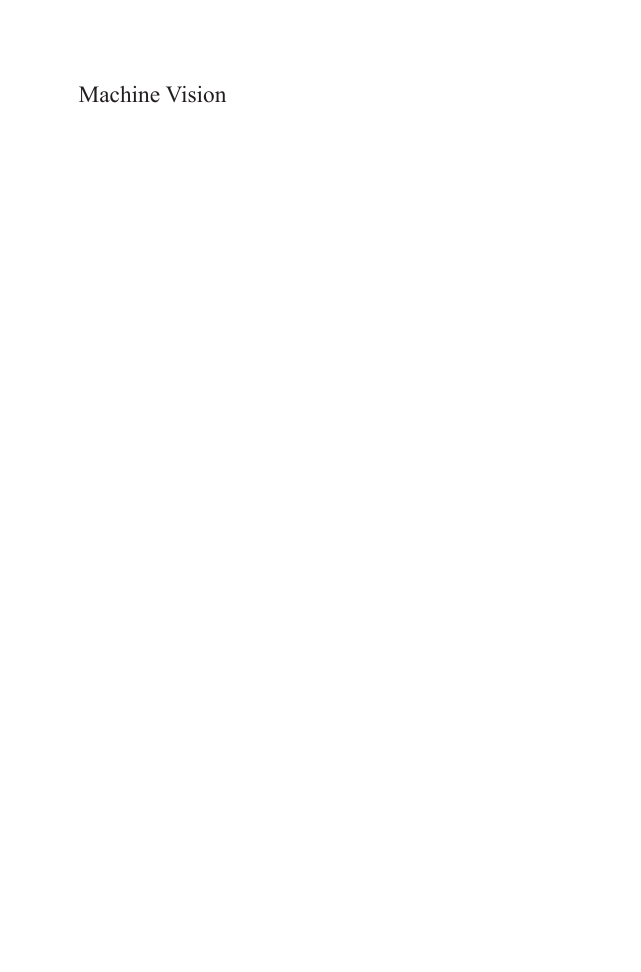
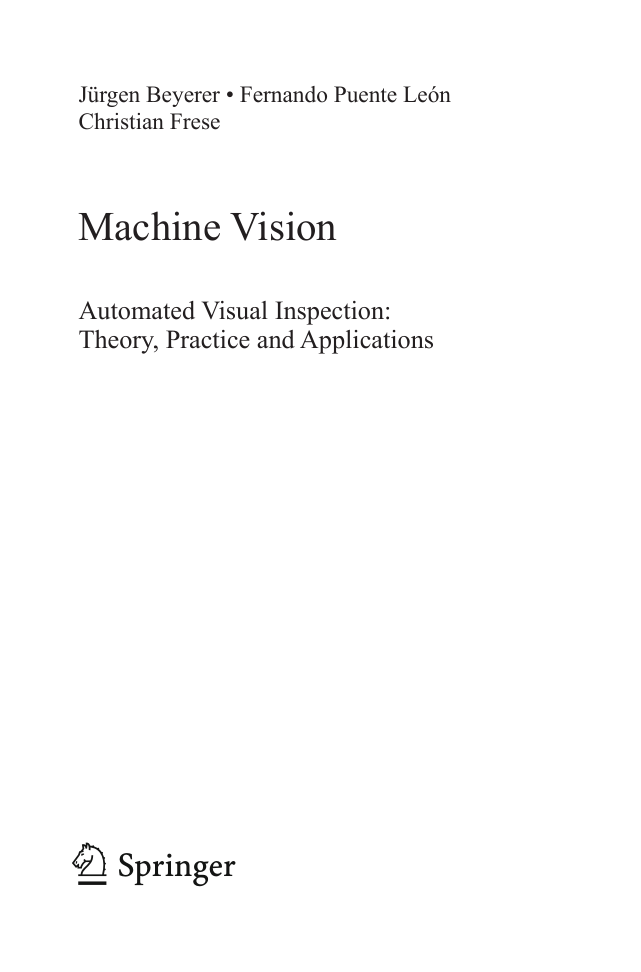
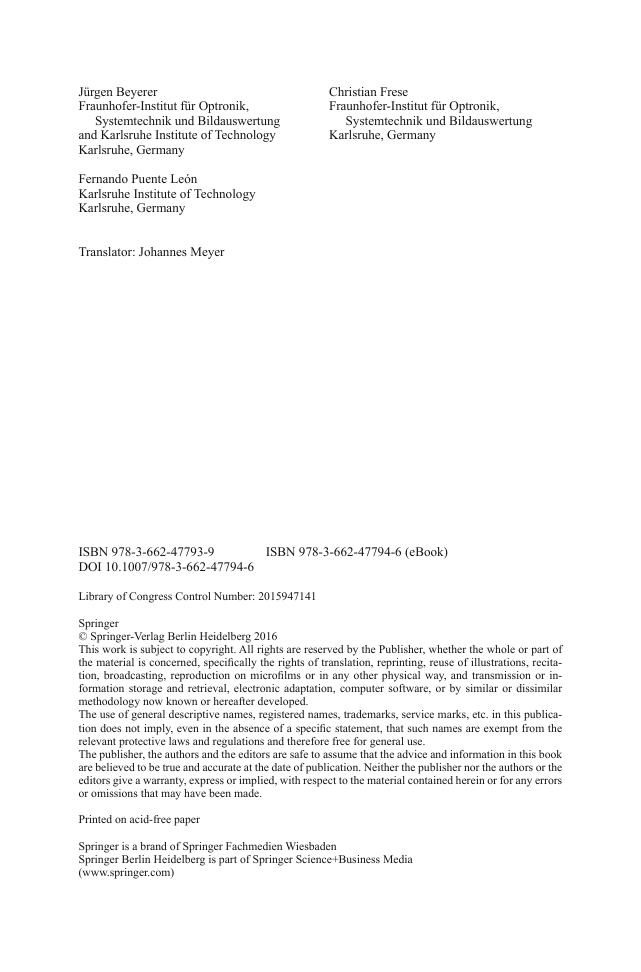
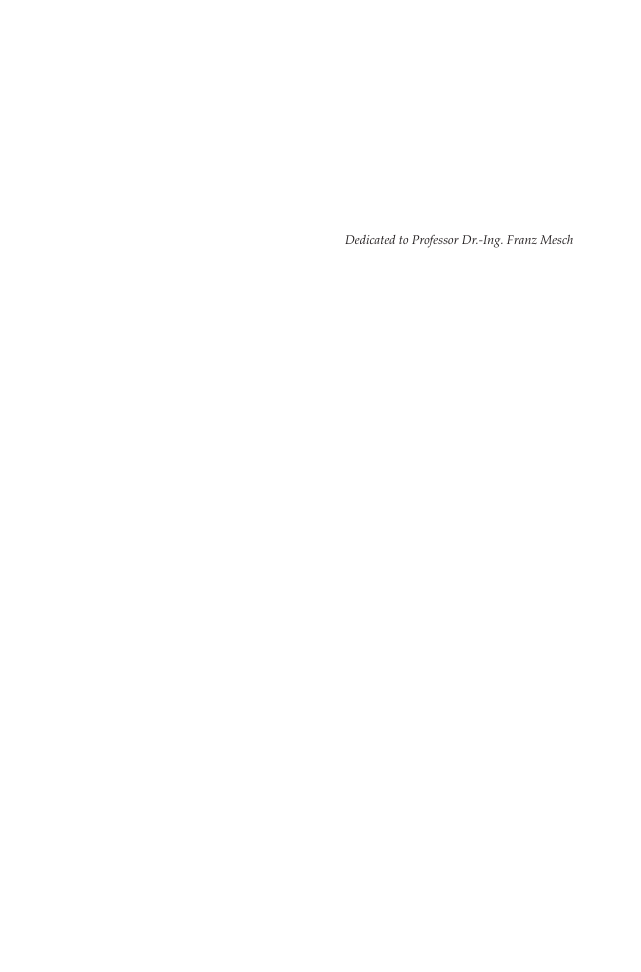


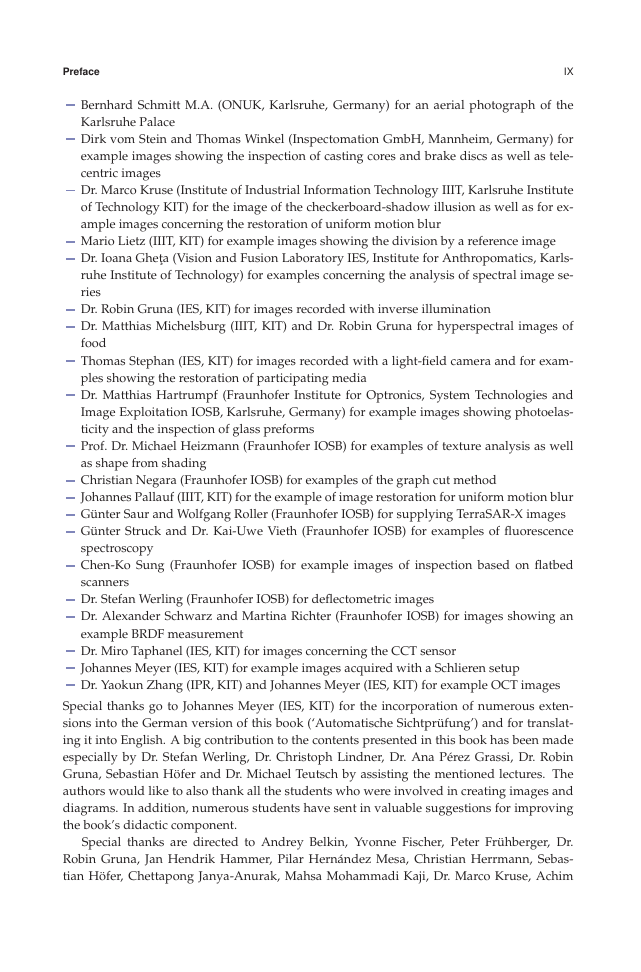








 2023年江西萍乡中考道德与法治真题及答案.doc
2023年江西萍乡中考道德与法治真题及答案.doc 2012年重庆南川中考生物真题及答案.doc
2012年重庆南川中考生物真题及答案.doc 2013年江西师范大学地理学综合及文艺理论基础考研真题.doc
2013年江西师范大学地理学综合及文艺理论基础考研真题.doc 2020年四川甘孜小升初语文真题及答案I卷.doc
2020年四川甘孜小升初语文真题及答案I卷.doc 2020年注册岩土工程师专业基础考试真题及答案.doc
2020年注册岩土工程师专业基础考试真题及答案.doc 2023-2024学年福建省厦门市九年级上学期数学月考试题及答案.doc
2023-2024学年福建省厦门市九年级上学期数学月考试题及答案.doc 2021-2022学年辽宁省沈阳市大东区九年级上学期语文期末试题及答案.doc
2021-2022学年辽宁省沈阳市大东区九年级上学期语文期末试题及答案.doc 2022-2023学年北京东城区初三第一学期物理期末试卷及答案.doc
2022-2023学年北京东城区初三第一学期物理期末试卷及答案.doc 2018上半年江西教师资格初中地理学科知识与教学能力真题及答案.doc
2018上半年江西教师资格初中地理学科知识与教学能力真题及答案.doc 2012年河北国家公务员申论考试真题及答案-省级.doc
2012年河北国家公务员申论考试真题及答案-省级.doc 2020-2021学年江苏省扬州市江都区邵樊片九年级上学期数学第一次质量检测试题及答案.doc
2020-2021学年江苏省扬州市江都区邵樊片九年级上学期数学第一次质量检测试题及答案.doc 2022下半年黑龙江教师资格证中学综合素质真题及答案.doc
2022下半年黑龙江教师资格证中学综合素质真题及答案.doc